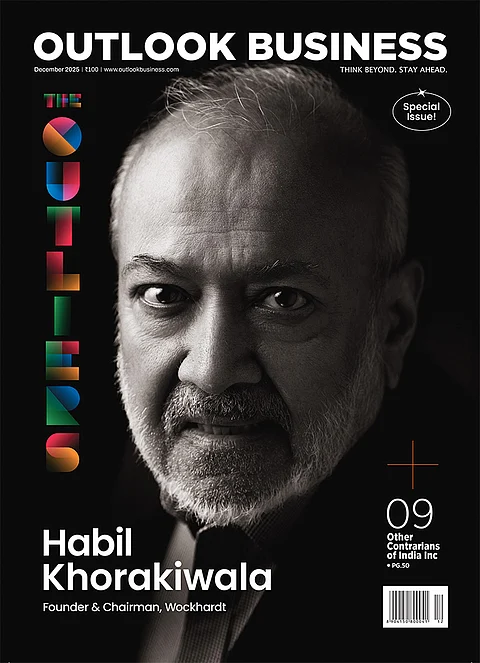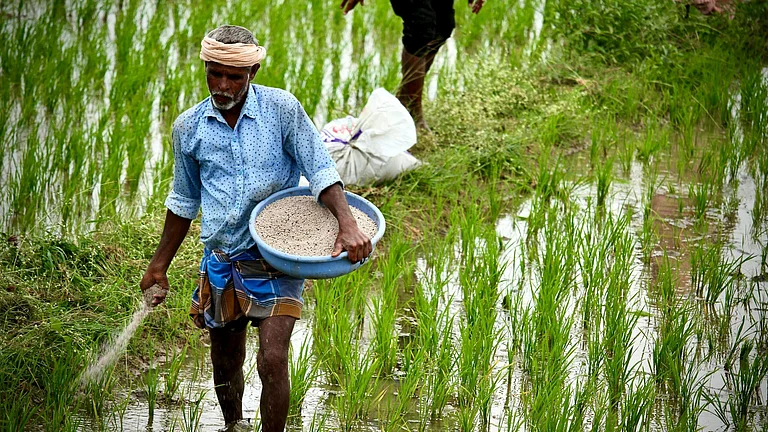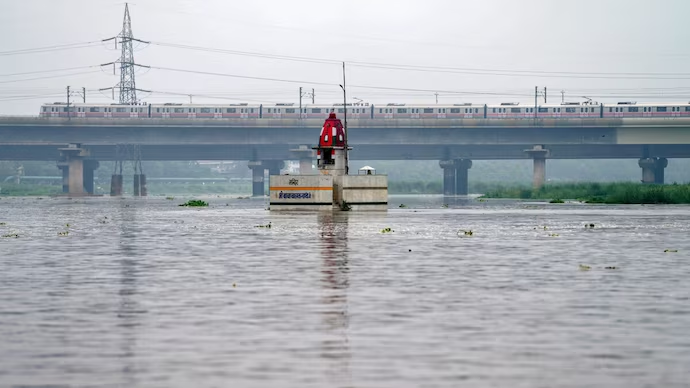You have talked about a long-horizon maritime capex push through 2047. What near-term milestones will cut exporters’ logistics costs?
India’s long-horizon maritime capex roadmap to 2047 is being implemented with clear near-term milestones. Between 2024 and 2026, the Ministry of Ports, Shipping and Waterways prioritised ₹1.05 lakh crore in investments under Sagarmala 2.0, PM Gati Shakti and Maritime Amrit Kaal Vision 2047.
For 2025–26, key targets include reducing average vessel TRT [turnaround time] from 49.5 hours to 48.2, container TRT from 30.1 hours to 28.8 and export dwell time from 86.1 hours to 79.7. These improvements will cut logistics costs by 5–8%.
Under the leadership of Prime Minister Narendra Modi, major ports are leading capacity expansion, while ONOP [One Nation-One Port] and Maritime Single Window 2.0 reforms are digitising clearances and slashing vessel idle time.
Major ports crossed 855 million metric tonnes (MMT) in 2024–25 with strong container growth. Where do you still see operational slack?
Thanks to the reforms in the ports sector, 2024–25 was a landmark year. Our focus in 2025–26 is on unlocking further efficiency in vessel turnaround, dwell times and berth productivity.
Key ports—JNPA [Jawaharlal Nehru Port Authority], Paradip, Deendayal, Kamarajar, Cochin and Visakhapatnam—are implementing upgrades and connectivity projects under the CPCP [Comprehensive Port Connectivity Plan]. These reforms will raise major port traffic to 904MMT in 2025–26, reduce export costs by up to 8% and position Indian ports among the world’s most efficient by 2030.
India continues to rely heavily on road transport despite water transportation being a cost-effective mode of transport.
Freight still moves largely by road due to gaps in last-mile connectivity, regulatory hurdles and limited coastal infrastructure.
The government is pursuing a twin strategy—policy reforms and targeted infrastructure investment. The Coastal Shipping Bill, priority berthing, green-channel clearances and port rebates are reducing vessel idle time and operating costs. Projects under Sagarmala and the CPCP are expanding coastal berths, dredging capacity and multimodal links.
The goal is clear: make water transport as predictable and convenient as road, lowering exporters’ logistics costs while delivering cleaner, more sustain-able trade.
The goal is clear: make water transport as convenient as road, lowering exporters’ logistics costs while delivering cleaner, more sustainable trade
India has over 40 shipyards but ranks 16th globally in shipbuilding capacity.
While India has attained a large degree of self-sufficiency in terms of naval vessels, with most of our shipyards oriented towards military vessels, in terms of commercial vessels we still have a long way to go. The government under the dynamic leadership of PM Narendra Modi has announced schemes with a clear intent to power our maritime sector as we target to be among the top-five shipbuilders by 2047.
There are concerns around dependence on imported engines and critical systems.
One of the critical components of modern commercial vessels are the engines and propulsion systems. It is more important than ever to ensure relevance in the sector with new emission targets and the industry orienting itself towards green shipping and technologies such as dual fuel/hybrid/ green-fuel vessels.
As India has so far not been a very large shipbuilding nation, ancillary industries to support shipbuilding did not develop to the extent that they did in China or South Korea. The major factor which influences the growth of these industries is the availability of viable demand. With the new planned capacity creation, it is expected that ancillary industries will also grow.
With the US revoking the sanctions waiver for Chabahar Port, how will India safeguard its 10-year operating agreement?
Chabahar remains a cornerstone of India’s connectivity vision for Afghanistan and the broader Central Asian region. Under the 10-year operating agreement with Iran, India Ports Global [IPGL] has been managing operations at Shahid Beheshti Port since December 2018.
The focus is on ensuring operational continuity through sustained diplomatic engagement, while also maintaining compliance with international obligations. Although near-term cargo growth at Chabahar may moderate amid global uncertainty, the strategic intent and partnership framework remain unchanged.
To mitigate such risks, IPGL has initiated a diversification strategy and is exploring operational and partnership opportunities across key regional locations, including in Myanmar, Bangladesh, Madagascar, Thailand, Sri Lanka and Oman.
India Maritime Week (IMW) 2025 in Mumbai has positioned itself as a key regional hub for maritime collaboration. How will the platform evolve?
As the flagship event of the Ministry of Ports, under the leadership of our dynamic Prime Minister Narendra Modi, IMW serves as a platform to showcase the latest advancements in maritime technology, port development, logistics and sustainability.
The summit aims to foster collaboration, drive innovation and strengthen international partnerships to shape the future of India’s maritime sector and its role in global trade and blue economy growth.
IMW 2025 will play a pivotal role in advancing the Maritime India Vision 2030 and Maritime Amrit Kaal Vision 2047. It aims to anchor investments worth ₹8trn and generate 1.5 crore new jobs by 2047.












